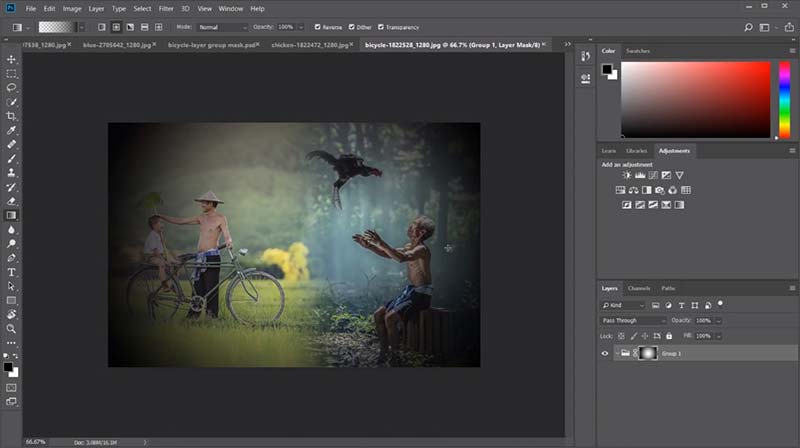



While both GIMP and Affinity Photo offer multi-layer editing for advanced compositing, GIMP’s layer support leaves a lot to be desired. Both GIMP and Affinity Photo have an excellent core of editing tools that are responsive and simple to use. I personally prefer the way that Affinity Photo handles them in terms of settings and general layout, but GIMP’s tools are just as capable and customizable – though a bit less user-friendly. Cloning and healing, Curves adjustments, and sharpening are a few examples of the kind of essential, everyday tools that fit in this category.Īs a result of this even balance, there isn’t actually all that much to say about the basic editing tools. Basic Editing Toolsįortunately, this comparison is easy because both programs handle basic editing very well. A Closer Look at Affinity Photo and GIMPįor this comparison, I’m going to take a look at the following seven areas of each program and decide which of the two is most effective: That’s the short version of the comparison, but you can read on for a more in-depth look at how GIMP and Affinity Photo stack up in terms of editing capabilities, workflow, and user experience. It also works well with Serif’s other graphics programs, which are apparently known as the ‘Affinity trinity’: Affinity Designer for creating and editing vector graphics, and Affinity Publisher for page layout and document creation.
Pictures gimp vs photoshop professional#
It features all the fancy tools you’ll want for professional image editings like dynamic adjustment layers, built-in RAW photo support, PSD format support, and full-color management support, along with some fun features like panorama stitching, focus stacking, and HDR image merging.Īffinity Photo isn’t free, but the low purchase price of $84.99 one-time purchase (or $23.99 on iPad) provides excellent value compared to a monthly subscription. A Closer Look at Affinity Photo and GIMPĪffinity Photo simply has a better design from the ground up.


 0 kommentar(er)
0 kommentar(er)
